By David Roach —
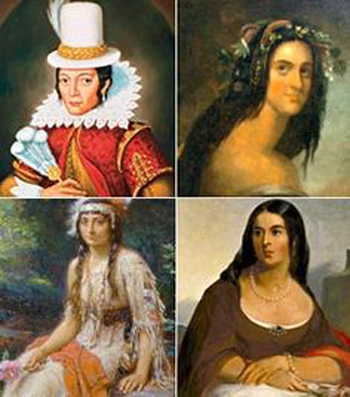
Four hundred years after the death of one of the most well-known Native Americans in history, scholars say Pocahontas’ profession of faith in Christ is among the few facts known with certainty about the famed daughter of a Virginia Algonquin chief.
Yet her conversion — along with other key details of her life — is absent from some contemporary portrayals of Pocahontas’ life.
“Most of what we think we know about her is legend,” said Helen Rountree, author of multiple books and scholarly articles on Pocahontas. “We’ve actually got very few records that even mention her.”
Born around 1596 in what is today coastal Virginia, Pocahontas’ given name was Amonute and her “secret, very personal name” Matoaka, according to Rountree’s book “Pocahontas, Powhatan, Opechancanough.” Pocahontas was a nickname denoting her playful personality.
Her father Powhatan was an American Indian chief who had more than 100 wives by 1610, Rountree wrote. Pocahontas was his favorite daughter from his favorite wife. Powhatan’s confederacy made contact with English settlers when they arrived at Jamestown in 1607 to establish the first English colony in the New World. Decades of alternating peace and conflict ensued.
At approximately age 11, Pocahontas met Englishman John Smith in 1607 while he was a prisoner of the Powhatan Confederacy. The well-known account of Pocahontas’ saving Smith from execution is false, Rountree told Baptist Press. The story is “a wonderful, wonderful yarn, but that’s all it is.”
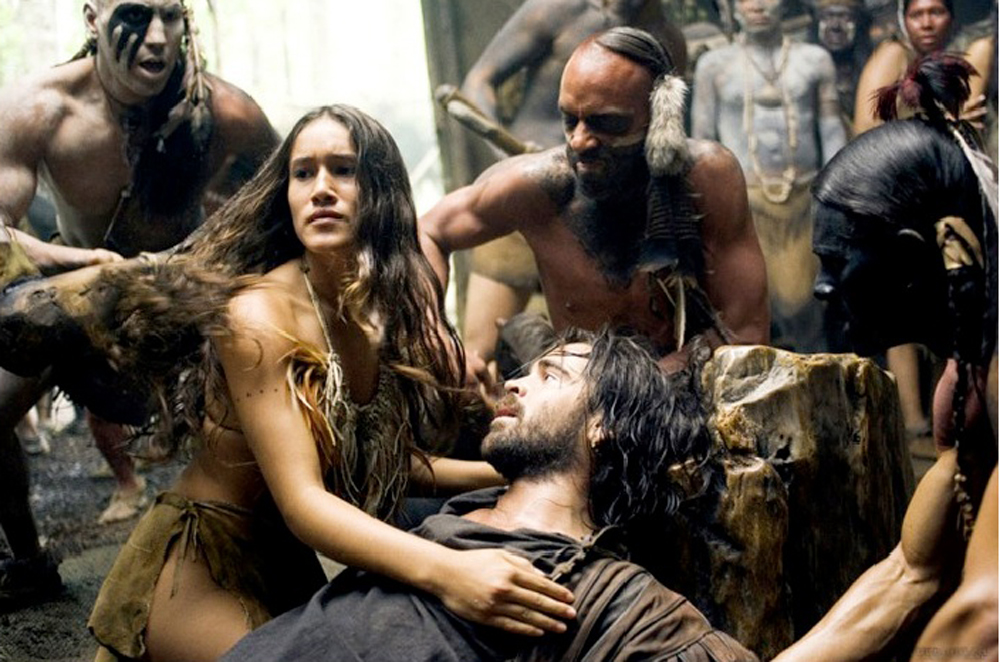
The rescue account is absent from Smith’s 1608 and 1612 accounts of his time among the Powhatans, appearing only in his 1624 book “The Generall Historie of Virginia.”
John Wilsey, associate professor of church history at Southern Baptist Theological Seminary, told BP “we can’t be certain” of the rescue narrative. Other scholars have theorized Smith was part of a Native American ceremony he didn’t understand, perceiving himself to have been rescued from execution though he was never in danger.
The oft-told story that Pocahontas and Smith fell in love also seems to be false, Rountree and Wilsey said, especially since Pocahontas was a preadolescent and Smith 27 when they met. He left America two years later.
Pocahontas was taken captive by the English in 1613 in an attempt to gain the release of Jamestown settlers held by the Powhatans. In captivity, she received Christian teaching from Church of England minister Alexander Whitaker. The following year she was baptized by sprinkling and professed faith in Christ.
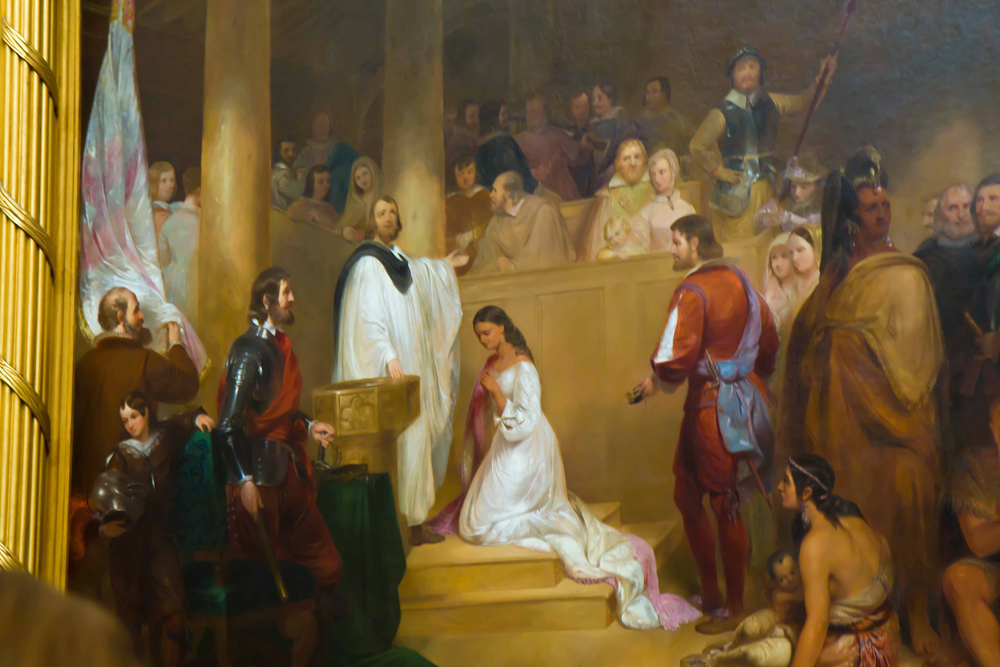
While a theory published on the National Park Service’s website claims the genuineness of Pocahontas’ conversion “is open to question,” Wilsey said such doubts are “a recent interpretation” and that the conversion narrative has long been part of historians’ consensus.
Rountree, who said the conversion is well documented, theorized it may have been an instance of “Stockholm syndrome,” a condition in which captives begin to align with the thinking of their captors.
Whatever Pocahontas’ motives, Whitaker wrote in April 1614 that she “had openly renounced her country idolatry, confessed the faith of Jesus Christ, and was baptized,” according to Rountree’s book. At her baptism, Pocahontas took the name Rebecka, perhaps a reference to Rebekah in the Bible, whose sons Esau and Jacob spawned two nations. Similarly, Pocahontas was seen as related to two nations.
Also in 1614, Pocahontas married 28-year-old English widower John Rolfe, and the couple settled in the Jamestown area. “All the accounts agree,” Rountree wrote, “that she and Rolfe fell in love with each other.” Within two years, Pocahontas gave birth to a son named Thomas.
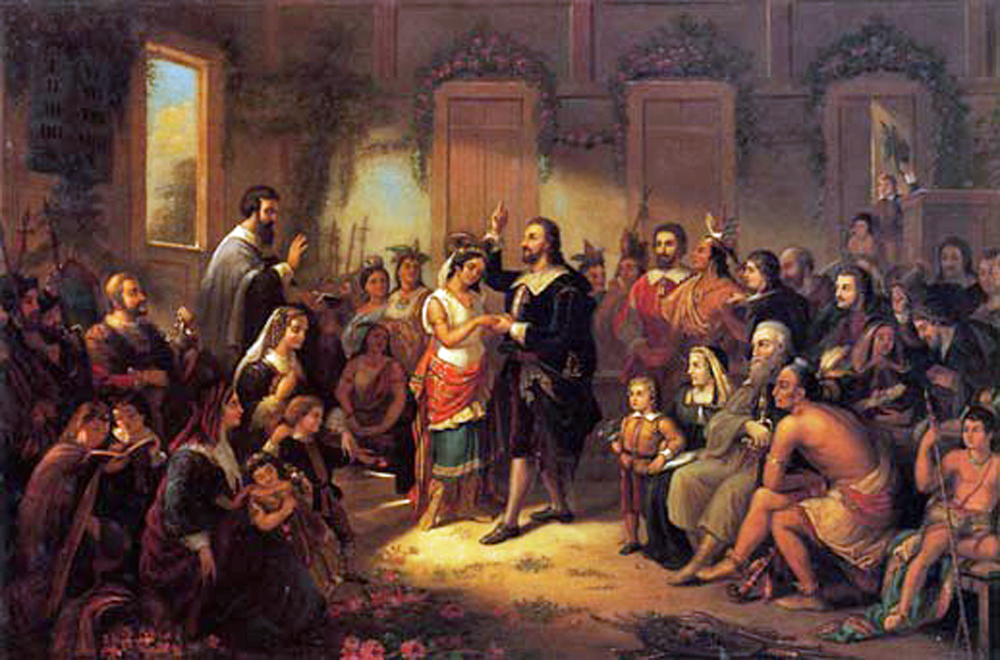
Pocahontas’ previous marriage to a Native American named Kocoum apparently was regarded by both the English and the Powhatans as dissolved, Rountree wrote. The Rolfes’ marriage was approved by Pocahontas’ father and played a role in securing a limited peace between the Native Americans and the English.
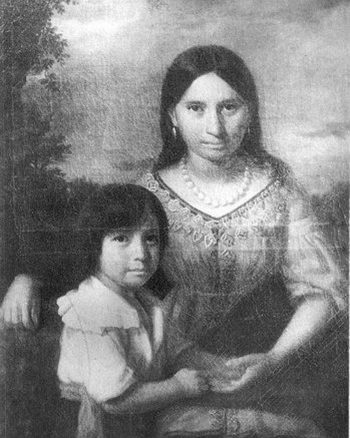
In 1616, the Rolfes traveled to England. Though few records of the trip exist, Pocahontas’ meeting with England’s King James I is documented, as is a reunion with Smith that apparently involved some tension over Smith’s ill treatment of her father following his release from captivity.
Commissioned as missionary
The Rolfes were set to return to America in March 1617 with a grant from the Virginia Company of London to conduct Christian missions among the Native Americans, Rountree wrote. But Pocahontas died from unknown causes before their ship exited the River Thames and reached the Atlantic. She was approximately 21 years old.
Pocahontas’ conversion story was not widely disseminated or celebrated until the 1800s, Wilsey said. But following the Revolutionary War, it was used to champion American notions of cultural imperialism.
“The conversion narrative only becomes important quite later on in the 1800s,” Wilsey said. Pocahontas was seen as “a founding mother” of America because she “stepped away from her own cultural heritage. Not only was she marrying an Englishman … her conversion was [viewed as] her final act of rejecting her culture” in favor of the emerging American culture that many saw as uniquely favored by God.
Pocahontas became so prominent in the early lore of the U.S. that John Chapman’s 1839 painting “The Baptism of Pocahontas” is one of seven portraits in the Capitol Rotunda in Washington D.C.
Four centuries following Pocahontas’ death, Wilsey said, it is important for Christians to reject the notion she left an “inferior” people to join “the authentic people of God” among settlers of European descent.
Instead, believers should remember Pocahontas as “a real person created in the image of God” who “had human dignity,” Wilsey said.
“We can look back on her with sympathy,” he said. “… She left her cultural heritage behind” and “was sort of like a person without a country,” even with her new family and her Christian faith. – Baptist Press
If you want to know more about a personal relationship with God, go here



